Check out Traditional Street and Architectural Photography section of our forum.
Ultraviolet Shoot II
Feb 28, 2020 19:09:17 #
smf85
Loc: Freeport, IL
More ultraviolet photography.
The biggest challenge in UV photography (other than flowers) is that since everything absorbs UV the images tend to be low contrast. Bringing them up is a interesting challenge.
The biggest challenge in UV photography (other than flowers) is that since everything absorbs UV the images tend to be low contrast. Bringing them up is a interesting challenge.
Abstracted Contenplation
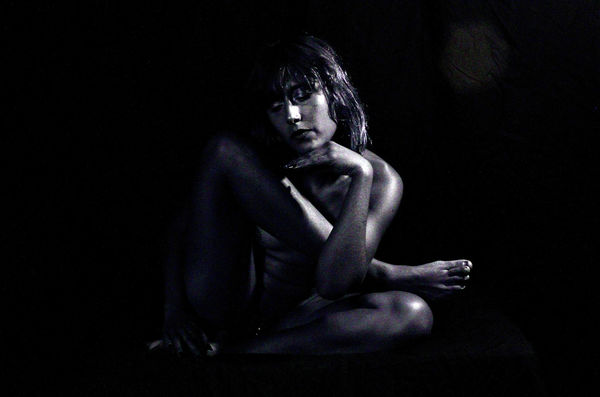
(Download)
Abstract Art (Ultraviolet)
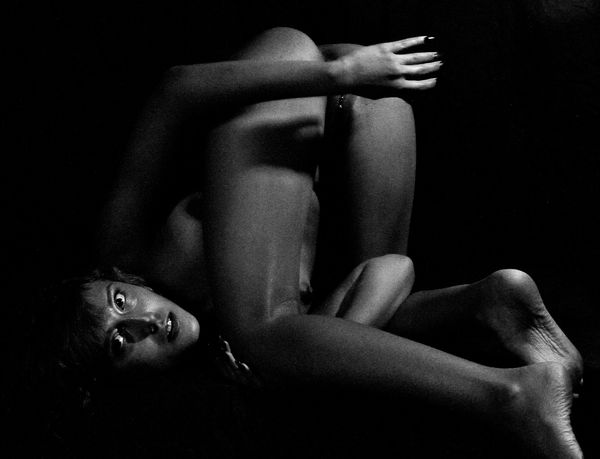
(Download)
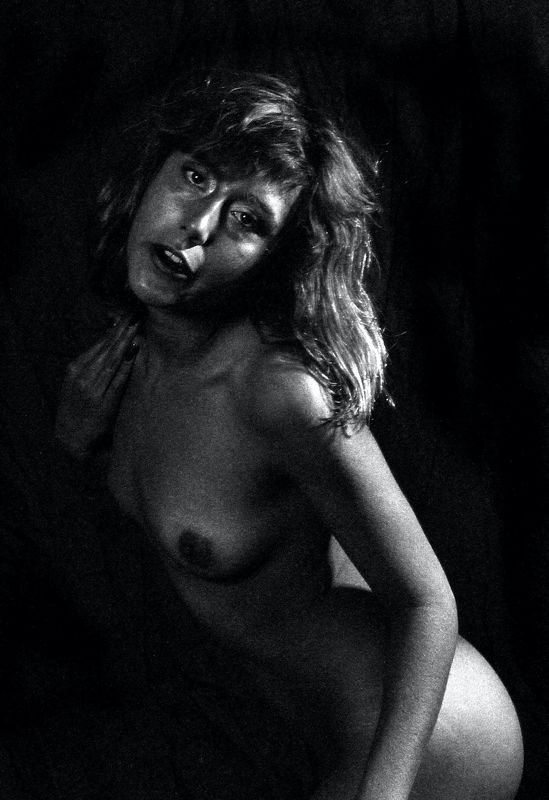
(Download)
Ecstasy (Ultraviolet)
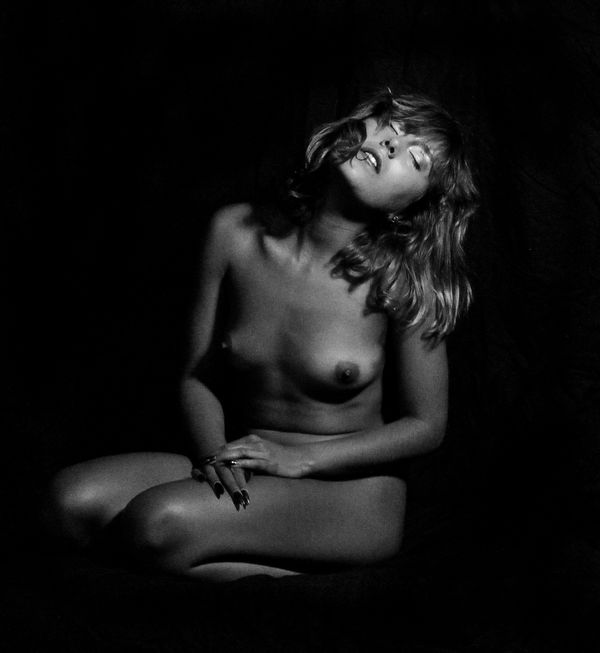
(Download)
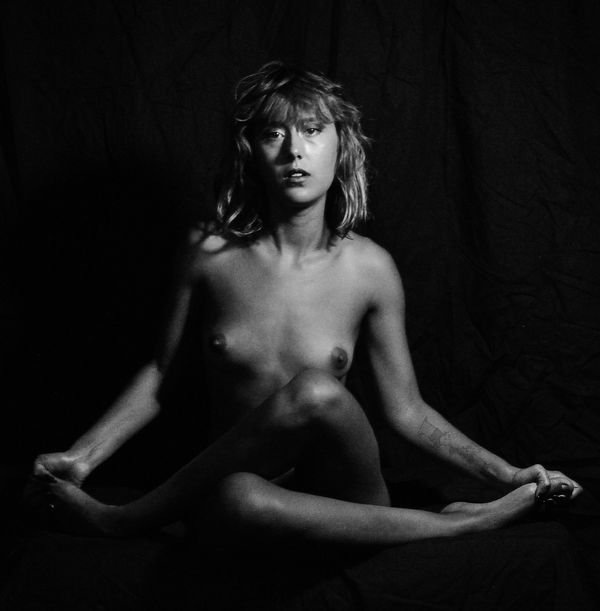
(Download)
Serenity (Ultraviolet)
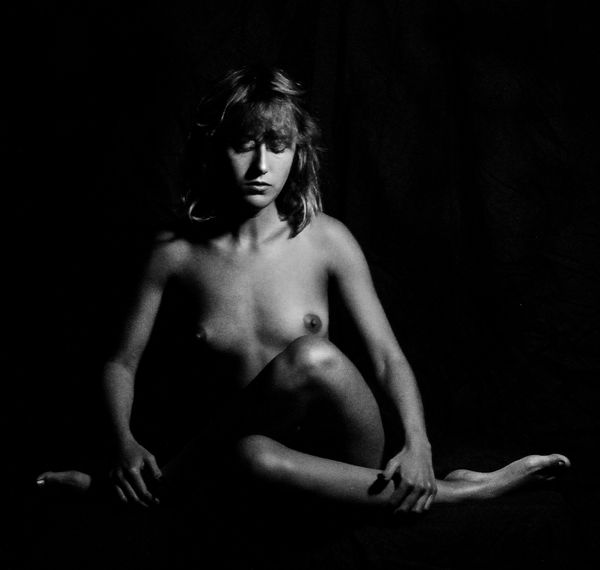
(Download)
Feb 28, 2020 19:42:53 #
Feb 28, 2020 20:04:18 #
Check out Traditional Street and Architectural Photography section of our forum.
Feb 29, 2020 06:24:47 #
Skin with UV tells a story different from what usually we see in daylight. I like a bee, seeing the UV colors of a flower, well, she presents a temptation for sample her nectar.
Can you give some details of your UV source, filters and camera? " Is the camera a converted full spectra? Of course we are not seeing the UV, rather we are seeing the fluorescence of the objects ... right??
Can you give some details of your UV source, filters and camera? " Is the camera a converted full spectra? Of course we are not seeing the UV, rather we are seeing the fluorescence of the objects ... right??
Feb 29, 2020 06:45:01 #
Great set of poses. I like the bottom three photos a bit more than the top three because of the light being a bit more balanced across her face. Thanks for sharing them.
Feb 29, 2020 07:37:48 #
Feb 29, 2020 10:21:57 #
smf85
Loc: Freeport, IL
dpullum wrote:
Skin with UV tells a story different from what usually we see in daylight...
Can you give some details of your UV source, filters and camera? " Is the camera a converted full spectra? Of course we are not seeing the UV, rather we are seeing the fluorescence of the objects ... right??
Can you give some details of your UV source, filters and camera? " Is the camera a converted full spectra? Of course we are not seeing the UV, rather we are seeing the fluorescence of the objects ... right??
We are seeing in UVA UV only - no visible light or fluorescence. Interestingly nearly every biological organism that doesn’t contain melanin fluorescences in UVA from UVB/UVC light. On a hot summer day when all the tiny insects are out flying the air can seem to glow in UVA.
The technical details - Nikon D7000 (full spectrum conversion - Lifepixel) Nikkor 35mm f2 c.1969 Flash 300ws c.1999 LUV UV-Pass 52mm filter Top pictures: f5.6 1/60 ISO 3200 single flash Bottom pictures: f5.6 1/60 ISO 4000 Dual flashes. Strobe, filter and sensor are usably sensitive to UVA only.
One of the first things I found out about UV is that everything absorbs it. Glass is a mediocre transmitter of UV. All plastic poorly transmits or is opaque to UV. The atmosphere scatters it heavily. Lens coatings often absorb UV, at least uncoated glass is available. The second thing is that there isn’t that much of it to begin with. So there isn’t much to begin with and a majority of is lost in transmission due to the glass and plastic in the light path. Maddeningly the camera sensor itself is quite sensitive to UV. The worst culprit is the Bayer filter - plasticized glass and the colored filters cut of most of the UV. Lastly, glass lenses shit focus extensively - not only is UV focus shifted, within the UV band there are multiple focus shifts - results in blurry images. Since stopping down increases both the DOF and the depth internal focus plane it’s a necessity to get sharp images. Lenses that are marked with a separate IR focus mark focus shift UV heavily.
In short lots of technical challenges.
Check out Wedding Photography section of our forum.
Feb 29, 2020 10:44:59 #
Interesting and a difficult genre within which to work.
--Bob
--Bob
smf85 wrote:
More ultraviolet photography.
The biggest challenge in UV photography (other than flowers) is that since everything absorbs UV the images tend to be low contrast. Bringing them up is a interesting challenge.
The biggest challenge in UV photography (other than flowers) is that since everything absorbs UV the images tend to be low contrast. Bringing them up is a interesting challenge.
Mar 1, 2020 01:17:41 #
lukan
Loc: Chicago, IL
Great captures of phenomenal expressions and “moments” of her exquisite anatomy. These shots are definitely special. Beautiful work, well done. Thank you and let’s get more of your stuff ASAP.
Mar 1, 2020 06:07:40 #
I'm wondering why you chose ultra violet for this set as is probably the least flattering source for this sort of photography. If the aim is to get high contrast (which works great in this genre) there are far better ways to achieve this. Technically the images look blurred and largely distracting because of this. Model expressions look pained and startled. The scope here is huge but to me something with this series is just not working. Sorry to sound critical, but heck... keep experimenting and having fun 

Mar 1, 2020 10:21:33 #
smf85
Loc: Freeport, IL
The UV shots are experimental and was a small part of the overall set.
The lens doesn’t focus all of the UV frequencies to the same plane, e.g. has severe chromatic aberration in UV. That can be minimized by stopping down. Unfortunately the microlens array is optimized for green light and has chromatic aberration by the time you get to UV. The Bayer array itself scatters UV also adding to the problem. This doesn’t occur in IR.
Using film would solve many of the focusing problems - but exposure becomes a large issue. Unless I read otherwise I’m starting by assuming that the film ISO in UV is roughly the same as in VL. Start with the standard VL reading, use the listed exposure compensation for the filter and then bracket from there. I’m going to try film and see what happens. If the results are interesting I’ll post them.
A monochromatic camera (no Bayer array) with a a fused silica sensor cover and a fused silica and calcium fluoride lens would also solve everything. Monochromatic cameras are produced by Leica and Phase 1. A ‘modified’ Nikon D850 is available - I suspect that they’re somehow sourcing the Sony sensor without the filter or lens array and replacing the standard sensor (they claim they mill the lens array and filter off but that’s questionable because of the technical difficulties and probable high defect rate). If Nikon is allowing this I’m assuming it’s because they still offer a quartz and calcium UV lens (sold by 3rd parties) and would like to see it on Nikon cameras in addition to scientific instruments (F mount is common in scientific equipment). Note: the lens is specified as having a band pass of 220-900nm (UVC to near IR ) with no chromatic aberration or focus shift throughout the UV to VL spectrum and only a minor amount of shift going into near IR. Depending on which camera the cost ranges from at least $12-60K. Expensive.
The lens doesn’t focus all of the UV frequencies to the same plane, e.g. has severe chromatic aberration in UV. That can be minimized by stopping down. Unfortunately the microlens array is optimized for green light and has chromatic aberration by the time you get to UV. The Bayer array itself scatters UV also adding to the problem. This doesn’t occur in IR.
Using film would solve many of the focusing problems - but exposure becomes a large issue. Unless I read otherwise I’m starting by assuming that the film ISO in UV is roughly the same as in VL. Start with the standard VL reading, use the listed exposure compensation for the filter and then bracket from there. I’m going to try film and see what happens. If the results are interesting I’ll post them.
A monochromatic camera (no Bayer array) with a a fused silica sensor cover and a fused silica and calcium fluoride lens would also solve everything. Monochromatic cameras are produced by Leica and Phase 1. A ‘modified’ Nikon D850 is available - I suspect that they’re somehow sourcing the Sony sensor without the filter or lens array and replacing the standard sensor (they claim they mill the lens array and filter off but that’s questionable because of the technical difficulties and probable high defect rate). If Nikon is allowing this I’m assuming it’s because they still offer a quartz and calcium UV lens (sold by 3rd parties) and would like to see it on Nikon cameras in addition to scientific instruments (F mount is common in scientific equipment). Note: the lens is specified as having a band pass of 220-900nm (UVC to near IR ) with no chromatic aberration or focus shift throughout the UV to VL spectrum and only a minor amount of shift going into near IR. Depending on which camera the cost ranges from at least $12-60K. Expensive.
If you want to reply, then register here. Registration is free and your account is created instantly, so you can post right away.
Check out Commercial and Industrial Photography section of our forum.




